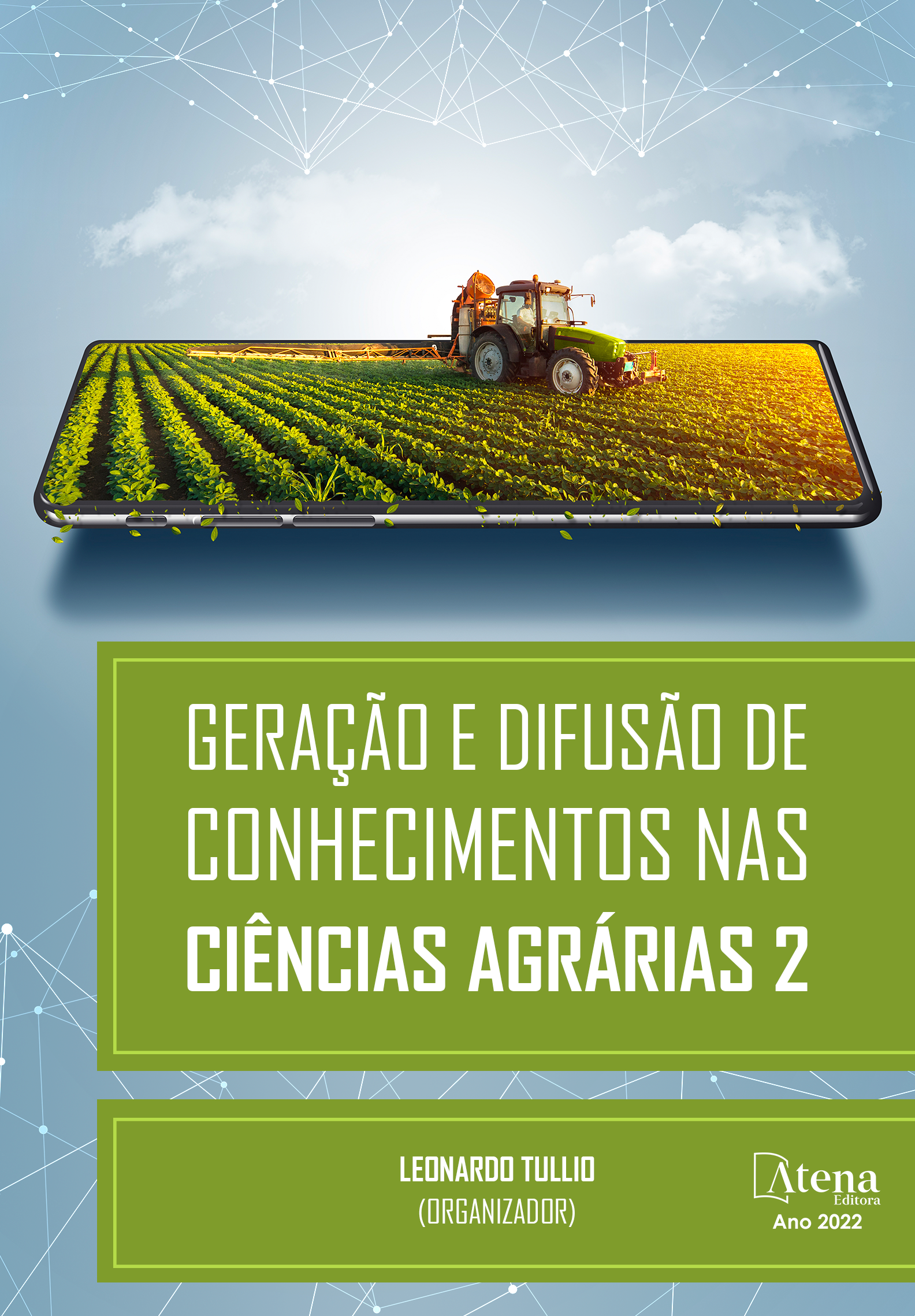
LIGHT STRESS IN CARAPICHEA IPECACUANHA LEAVES TRIGGERS CHANGES IN PHOTOCHEMISTRY ENERGY DISSIPATION
Plantas de ambientes sombreados podem experimentar variações nos níveis de luminosidade em seu habitat e que juntamente com outras condições ambientais, que podem perturbar a transferência de energia nos fotossistemas. Assim, o objetivo foi avaliar a atividade fotoquímica da espécie Carapichea ipecacuanha submetida ao estresse luminoso. Para isso, as plantas foram cultivadas em diferentes níveis de sombreamentos (50, 70 e 90%) e em pleno sol. Posteriormente, metade das plantas dos ambientes sombreados foram expostas diretamente à radiação solar por um dia. No tratamento pleno sol, as plantas estavam sendo cultivadas por cinquenta dias nessa condição. Após o período de estresse luminoso nas folhas, foi realizada a análise de fluorescência transiente da clorofila a e análise visual. Os resultados demonstraram que, independentemente do tipo condição de cultivo anteriormente aplicado nessas plantas, a exposição solar direta, ocasiona danos na cadeia de transporte de elétrons da fotossíntese, promovendo uma maior dissipação de energia na forma de calor e o não aproveitamento para a atividade fotoquímica, o que refletiu no menor conservação de energia ao longo da maquinaria fotossintética, principalmente para as plantas que estavam por um maior período de estresse luminoso, do que as plantas que foram expostas por um dia. Isso também foi verificado nas imagens das plantas, pela análise visual. Contudo, as alterações foram em menor intensidade para as plantas que se encontravam anteriormente em ambiente com sombreamento de 50%, demonstrando assim, um possível pré-aclimatação para a exposição direta à luz solar.
LIGHT STRESS IN CARAPICHEA IPECACUANHA LEAVES TRIGGERS CHANGES IN PHOTOCHEMISTRY ENERGY DISSIPATION
-
DOI: 10.22533/at.ed.5442211046
-
Palavras-chave: ipeca; estresse luminoso; fluorescência da clorofila a; sombreamento.
-
Keywords: ipecac; light stress; chlorophyll a fluorescence; shading
-
Abstract:
Plants from shaded environments may experience variations in the levels of luminosity in their habitat and that, together with other environmental conditions, can disturb the transfer of energy in the photosystems. Thus, the aim was to evaluate the photochemical activity of the species Carapichea ipecacuanha subjected to light stress. For this, the plants were grown in different levels of shading (50, 70 and 90%) and in full sun. Subsequently, half of the plants in the shaded environments were directly exposed to solar radiation for one day. In full sun treatment, the plants were grown for fifty days under this condition. After one day of light stress exposure, the chlorophyll a transient fluorescence analysis was performed and visual analysis. The results showed that, regardless of the type of cultivation condition previously applied to these plants, direct sun exposure causes damage to the electron transport chain of photosynthesis, promoting greater energy dissipation in the form of heat and not used for photochemical activity. In addition, lower energy conservation along the photosynthetic machinery was showed mainly by plants that were grown under full sunlight. This was also verified in the images of the plants, by visual analysis. However, the changes were less intense for plants that were previously in an environment with 50% shading, thus demonstrating a possible pre-acclimation for direct exposure to short-time of full sunlight.
-
Número de páginas: 14
- Carlos Rodrigues Pereira
- Thelma de Barros Machado
- Silvio Roberto De Lucena Tavares
- Daiane Cecchin
- Junior Borella
- Gabriela Martins Corrêa
- Daniel Moncada Pereira Marques
- Nicole Pereira de Souza Rocha
- Julia Ramos de Oliveira
- Natália Fernandes Rodrigues
- Vitor Francisco Ferreira
- Cristina Moll Hüther


